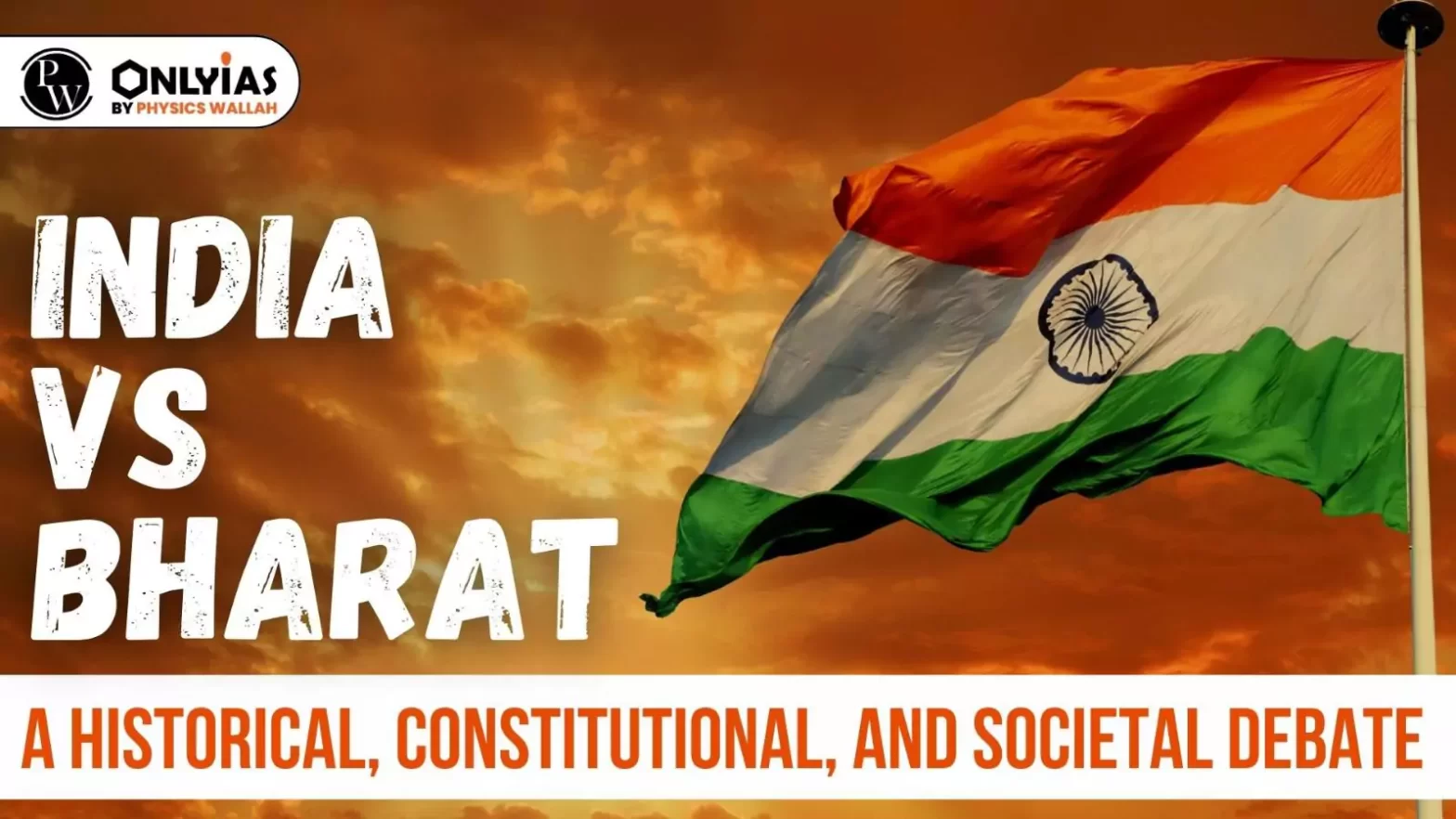Context: The National Council of Educational Research and Training (NCERT) panel has recently recommended that the name 'India' should be replaced with 'Bharat' in school textbooks.

| National Education Policy (NEP) 2020: It proposes various reforms in India’s higher education including technical education. (see image)
|

| Must Read | |
| NCERT Notes For UPSC | UPSC Daily Current Affairs |
| UPSC Blogs | UPSC Daily Editorials |
| Daily Current Affairs Quiz | Daily Main Answer Writing |
| UPSC Mains Previous Year Papers | UPSC Test Series 2024 |
The Muslim League argued for two successor states, Pakistan and either Hindustan or Bharat, during India's independence in 1947.
India maintained that it was the direct successor state to British India under international law and retained the name "India."
Article 1 states, "India, that is, Bharat, shall be a Union of States," recognizing both names with primacy to the Hindi version.
The 58th Amendment was enacted in 1987, empowering the President to publish the authoritative text of the Constitution in Hindi where "Bharat" is emphasized for legal proceedings.
The idea of a single nation emerged during the Indian Renaissance, where proponents sought ancient Indian roots for nationalism, preferring the term "Bharat."
Emotive expressions like "Jai Hind" and "Jai Bharat" are used interchangeably, reflecting the coexistence of both terms in emotional and nationalistic contexts.
In international, multilateral, and bilateral contexts where English is used, "India" is consistently employed, including joint statements with other countries.
Yes, recent political alliances like "INDIA" have added new layers of meaning and significance to the terms "Bharat" and "India."
Yes, the Supreme Court has rejected pleas to rename 'India' to 'Bharat,' affirming that both names have legal validity and find mention in the Constitution.

<div class="new-fform">
</div>